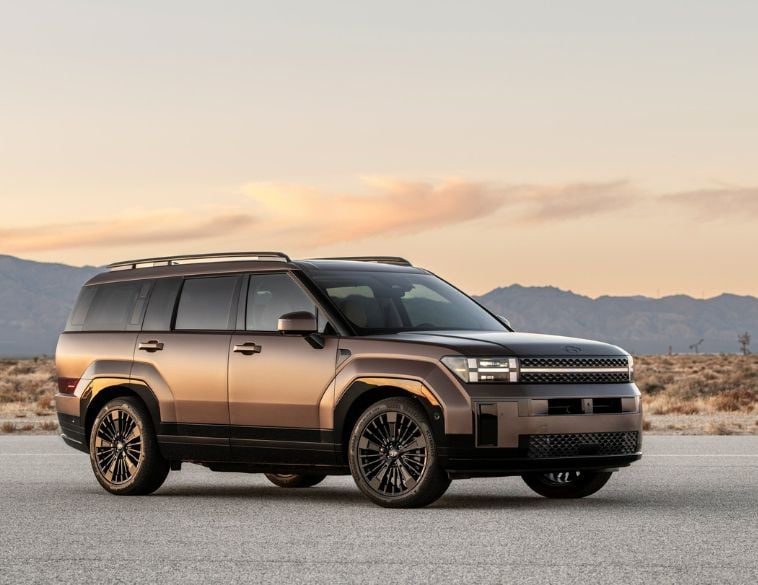Millennials are actually interested in purchasing cars, but dealers must adapt to their needs.
Millennials, the largest and most diverse generation in Canada, are beginning to buy cars in greater numbers. But it’s not clear how well dealerships will be able to serve their needs with business as usual.
For years, the automotive industry speculated that Millennials would be the downfall of retail automotive and a bellwether generation for SAAR to shift volume toward the fleet side in support of ridesharing; Uber, Lyft, and public transportation. But as this generation has swung into their purchasing power, a different reality has emerged.
Clearly, Millennials want similar conveniences their parents did, and are active consumers of retail automobiles as they begin raising families of their own. But disruptors are taking advantage of the purchase expectations Millennials have in everything else that they buy.
Perhaps a generation of young adults accustomed to seamless online purchase experiences might not care so much about a dealership’s sales process, and through the inflexibility of many dealers, are being driven through to competitors who allow them to buy on their terms, whether online or in-store.
If dealers want to capture the attention of this generation, they will need to cater to a whole new customer.
Misreading the Millennial mindset
When we think about our customers today it’s fairly common to justify our marketing investments, our messaging strategies, and our communications habits based on subconscious stereotypes we have applied to them for years via pure muscle memory or at least a conscious assumption of their habits.
We often think about Millennials as the major justification for our industry’s move toward digital marketing given their constant attachment to screens and general avoidance of traditional linear and print media.
At 72 million strong, Millennials have already moved mass media in transformational ways through new social media platforms, messenger apps, and the rise of the social influencer.
As the tail end of Generation X has now surpassed 40 years old, Millennials are the largest generation in the prime of their purchasing stage and are squarely into their large auto and real estate purchasing cycle.
And from a spending power perspective, Millennials spent $1.4 trillion last year in the middle of a pandemic with restricted global economies.
Embracing digital to entice them to buy cars
With the purchasing power of Millennials guaranteed to expand greatly over the next 20 years, we often get caught up in muscle memory when we think about other generational cohorts, still advertising the way we always have to these different demographics because subconsciously we perceive them to be static—doing things the way we always have.
For many dealers, they look to a digital strategy to satisfy the Millennial demand, but then revert to muscle memory and advertise the way they always have to reach the other generations they’re familiar with selling to.
One blind spot is that a static media mix doesn’t consider the behavioural evolution that occurs in each customer’s subsequent buying cycles. The evolution of Gen X, Millennials, and Gen Z is reflected back to their parents and grandparents, and all generations evolve their behaviours over time.
Despite every dealer saying they have a digital strategy; it is still common to encounter stores that spend 50-70% of their budget on traditional media.
Basically, dealers’ advertising and sales process strategies are often too static over time and get stale as generations evolve in their behaviour.
This consistently leaves marketing allocations and shopping experiences misaligned with customer expectations; competitive offerings, and the distribution of media budgets.
The end result is often a significant waste in spending across profit centres in the business, and on the customers, we are hoping to win.

The Millennial-friendly auto dealership
Branding is critical for Millennials.
If your 65-year-old dealership owner still insists on being the face of every traditional television advertisement, you’ll still sell cars to this generation, but you’ll miss their endorsement and won’t maximize your opportunities.
The social media generation is drawn to brands that align with their social brand, and if your logo still screams 1995, it’s not likely that this buyer promotes you with all the firepower they are capable of.
A highly emotional customer, it’s critical that they are made the star of their own experience and they feel special in every step of the sale. A failure in service or a bait and switch can lead to a crippling onslaught of bad reviews, and public shaming across their social media networks that can have a negative impact on the business for years.
They expect online transactions and delivery and failure to offer seamless experiences here will cost you thousands of dollars per day. Furthermore, digital media is your only way to reach this shopper and your budget should be aggressive and fluid to move where the eyes are across every medium.
Streaming connected TV is a force to be reckoned with in this shopper’s journey and represents an opportunity for you to optimize the efficiency of [historically] wasteful TV budgets.
While a stronger mix of digital advertising gets Millennials into the dealership, the in-store experience must also cater to them.
Millennials are ripe for upstart online shopping platforms today, but just like the way they enjoy browsing all the products inside an Apple store, so too will they enjoy a similar experience inside a dealership.
Advantages
A dealer has great advantages over a pure online car-shopping platform.
From a logistical perspective, dealers are far better prepared than upstart online retailers like Carvana and Vroom where it relates to vehicle delivery experiences, service and warranty work, and ongoing maintenance of the vehicle.
However, if a dealer can’t help Millennials customize their vehicle and driving experience, discuss in detail all the features and explain F&I products in a non-pressure-sales environment—something that has been a turn-off to millions of Millennials—they will continue to lose to the competitors that over-deliver on the shopping experience and flexibility.
Lastly, Millennials know that service is important, but like everything else discussed where they want it to feel like the right experience—friendly faces, online- or app-based scheduling, even pick-up and drop-off where available.
Millennials are interested in buying cars and trucks. However, dealers must eliminate the muscle memory of how they advertise to them, and how they sell to them.
When dealers embrace an open and flexible purchase process, they open the opportunity to deliver a very Apple-like shopping experience to every customer, both online and in-store.
This is the type of strategic shift that can win raving fans across every generation and ensure continued success and customer retention for years to come.
Matt Copley is Director, Product Marketing for PureCars, a leading automotive dealer digital advertising and attribution technology provider. For more information, please visit www.purecars.com.



